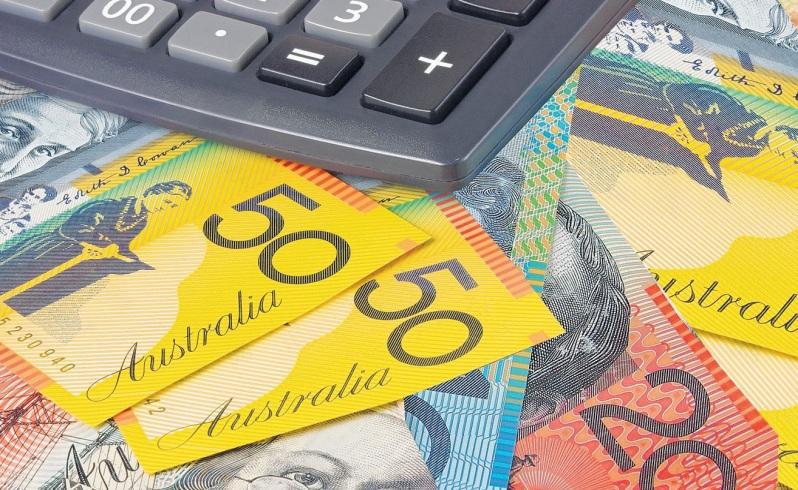How Has Money Changed in History?
- Written by NewsServices.com

We can classify money as a good, such as a shell, metal coin, or piece of paper. Money helps people trade goods indirectly, translates the price of goods, and provides individuals with a way to store their wealth. Prices written in dollars and cents correspond to a numerical amount in your possession.
Money has value, and it can get exchanged for goods and services. It has been through many changes throughout history, including different currencies, as listed below.
The Transition from Barter Trade to Currency
Trading money for goods and services has been around for at least 3,000 years. Some historians believe they used a bartering system before the invention. Even though the design of trading doesn’t consider differences in value, we still use it today, and it is one of the most excellent methods.
Chinese Create Objects Similar To Modern-Day Coins.
In 770 B.C., the Chinese started using miniature objects made of bronze as paper money instead of far more common objects such as tools and weapons. The tiny daggers eventually became abandoned for their impracticality in favor of objects shaped like a circle, and they became some of the first-ever coins.
The First Official Currency Gets Minted.
Lydia’s King Alyattes minted the first official currency in 600 B.C., made from electrum, a naturally occurring mix of silver and gold that acted as denominations stamped with pictures. 600 B.C. was a hard time to live in Sardis, where one needed to pay two owls and one snake for an empty clay jar. Lydia had two robust economies through its trading systems, making it one of the wealthiest empires in Asia Minor by minting the first gold coin.
Transition to Paper Money
Around 700 B.C., the Chinese moved from coins to paper money. In 1271, during Marco Polo’s time in China, emperor Kitabxi Khan handled the supply and different denominations of cash present in his kingdom. He warned against counterfeiting for those who were caught; they were decapitation as their ultimate fate. They eventually introduced paper banknotes used for depositing and borrowing money, providing an easy way to carry around metal coins, and they became the new currency.
The Currency Wars Emerged.
With paper money’s success in Europe, trade increased internationally. Banks and the ruling classes bought currencies from other countries, creating a currency market. Countries started competing, and this disrupted the economy of the enemies and rivals.
Mobile Payments
The 21st century has seen two novel forms of currency: mobile payments and virtual currency. Mobile payments are used to purchase a product or service. Increasingly, retailers are now being pressured to accept payment via various platforms like Apple Pay and Google Pay.
Virtual Currency
Bitcoin is a recent introduction to the currency market, and it’s a well-known example of a virtual currency. Virtual currencies operate differently than traditional payment mechanisms because they remove the need for banks in transactions. Check out the Bitcoin evolution Official Website for more information about how to use the virtual currency.







